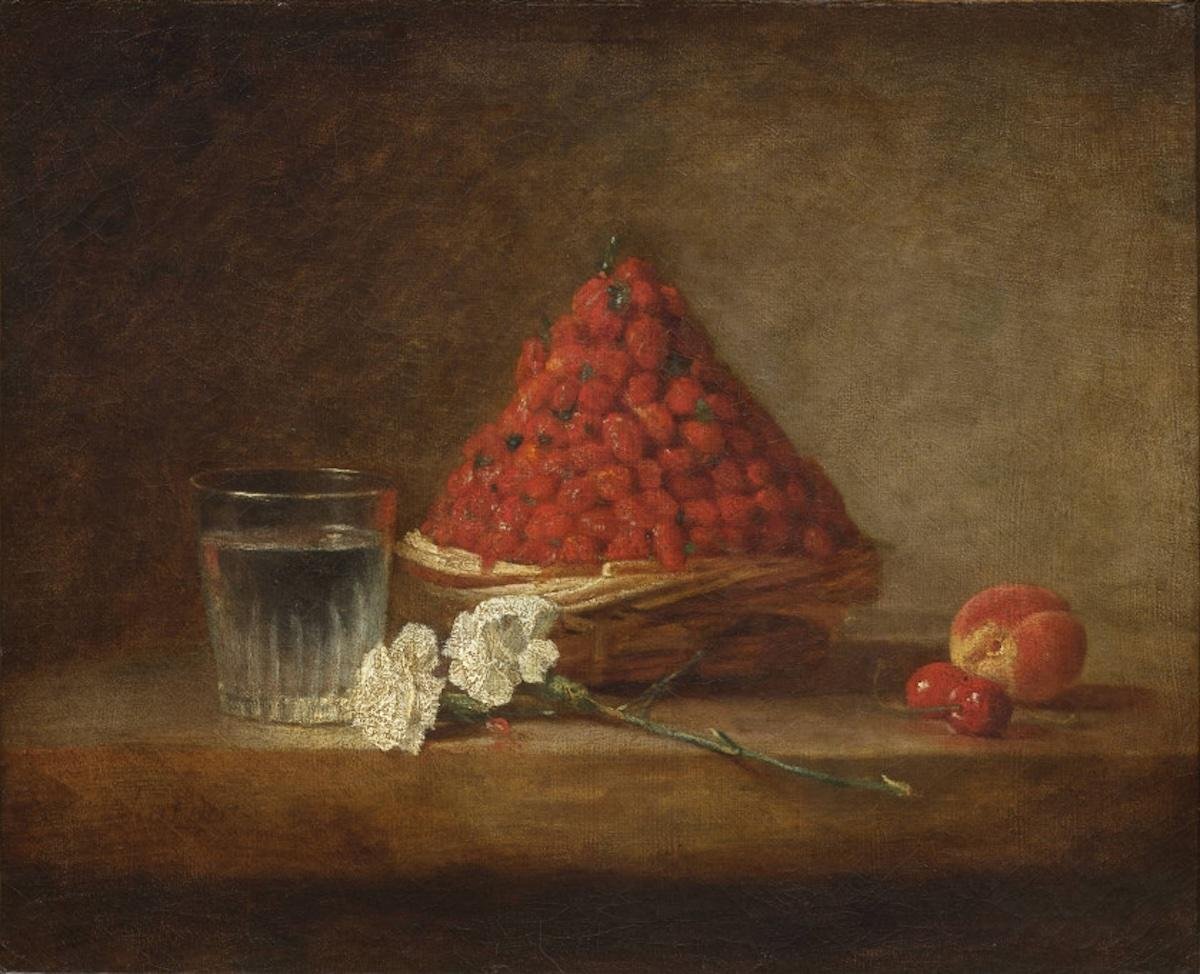“What could I do if I just knew it didn't need to be perfect? It just needed to be.” Lin-Manuel Miranda
I am a woman and I am a photographer. I was a photographer before social media was a thing. I took a photo and it lived in an acid-free sleeve in a binder or MAYBE framed on a wall somewhere. The only people I would be sure saw it, I usually had to be in the room with.
I can't help but reflect on the dramatic shift that has occurred in the social media landscape over the last 13 years. I spent the last hour scrolling down, down, down to reach the depths of my first Instagram post from 691 weeks ago on November 22, 2010. If you are old enough, do you remember how it was then? “Bad” photos were good to post, and “Good” photos were kind of objectively bad to post. They went against the vibe Instagram was creating. Here is my first Instagram photo on my private account. (No comments yet. And also, no likes):
Very little thought went into the making of that image. We had tiny iPhones producing low-res files. What mattered was the afterthought— How were we going to edit the photo after it was taken, and how we were all going to experience it when looking back on it. The point wasn’t the beauty and perfection of a well-lit, polished photo. The point was the documentation of the moment and the fun of tapping into that anticipatory nostalgia we were all experiencing knowing we were young and living the most tender, precious moments of our lives.
That nostalgic feeling we were all preemptively chasing was served to us through filters that revolutionized mobile photography, by offering us a range of vintage-inspired effects that transformed ordinary snapshots into works of “art”. These filters, like Earlybird, X-Pro II, and Lo-fi, imbued our snapshots with an old-time photographic charm, evoking the look and feel of the analog film photography we grew up visually feasting upon in our family photo albums. With their warm tones, vignettes, and subtle textures, Instagram filters allowed us to infuse their images with a sense of authenticity and character, distinguishing them from the pristine digital photos that were splashing magazine covers and web pages at the time. These filters became synonymous with Instagram's brand identity, shaping the aesthetic of the platform and influencing the visual language of social media as a whole.
In those early days, it felt like I was riding a wave of personal and professional success with my photography. My professional photos lived on a whole other account & website, creating a clear boundary between my “work” photos and my snapshot photography that functioned largely as time capsules of my day/week/month, etc. At the time, Instagram posts were ordered chronologically, meaning that they appeared in your feed in the order they were uploaded. This chronological timeline provided us all with a real-time view of the content shared by the accounts we followed, ensuring our fingers were on the pulse of the latest updates from friends and family. This fostered a sense of immediacy and spontaneity in our interactions on Insta. Location tagging was also brand new, and attaching a geographical pin drop to your post enhanced the experience, as well. You never knew if a friend would message you, saying they were nearby at any given moment. It fostered a sense of connectivity and discovery.
My feed in 2010
As I observe the evolution of the digital landscape, I'm struck by a pang of longing for the simplicity of those early days. The relentless demand for engaging video content has fundamentally transformed the fabric of social media, overshadowing an era when photography was more than just about capturing the perfect shot. It was a profound act of preserving the essence of a moment, a testament to our shared experiences and emotions. In the rush towards viral content and fleeting trends, the authenticity and connection that once defined social media photography seem increasingly elusive. Gone are the days when imperfections were celebrated, and each photo was a cherished document of a memory or emotion. Instead, we find ourselves inundated with an endless stream of curated content, carefully crafted to capture attention in a world that's constantly scrolling.
Yet amidst this whirlwind of change, I find solace in the memories of a time when sharing a photo was a personal and meaningful experience. It was about more than just likes and shares; it was about forging connections and immortalizing moments that mattered. As we navigate the ever-evolving digital landscape, I hold onto these memories as a reminder of the power and beauty of authentic expression in an increasingly detached and individualized world.











